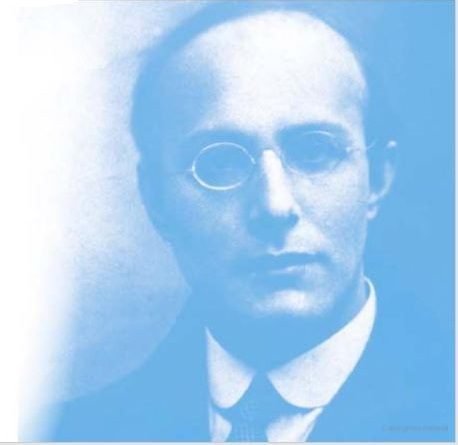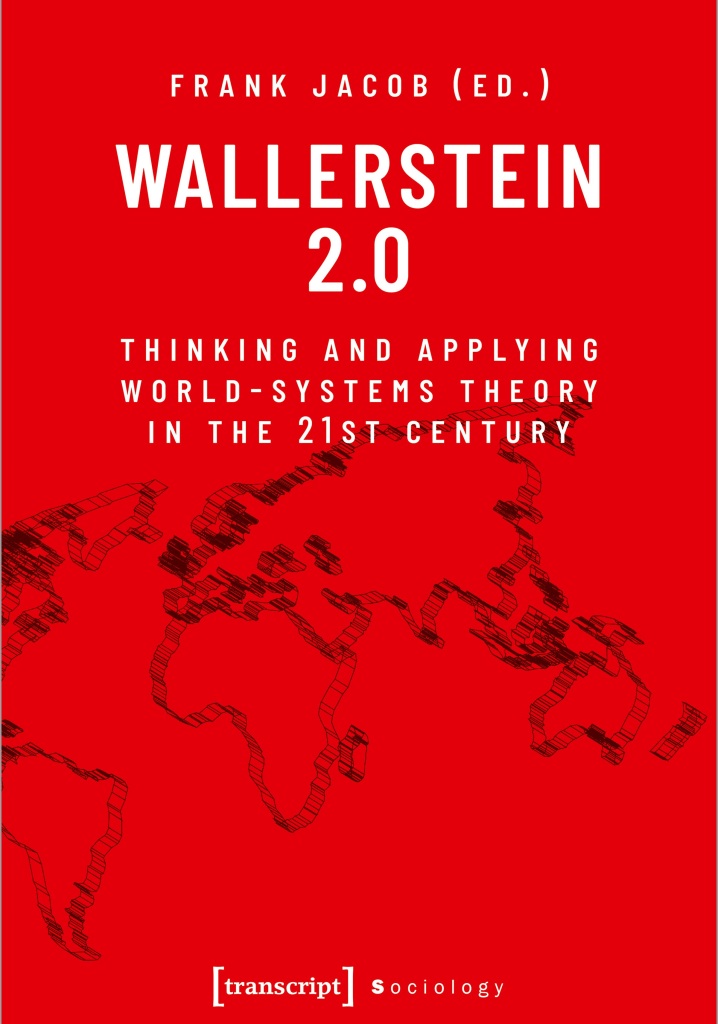by Frank Jacob*
What is Immanuel Wallerstein’s legacy for the 21st century? Following the closure of the Fernand Braudel Center for the Study of Economies, Historical Systems, and Civilizations that Wallerstein directed at SUNY Binghampton and the discontinuation in 2016 of Review, the journal he founded in 1976, this is an important question. World-systems theory or world-systems analysis, framed and used not only by Wallerstein, was and still is very much tied to his name. However, as Wallerstein 2.0 intends to show, it could be applied in a much broader sense to problems and questions that determine the 21st century.
After a short introduction to Wallerstein’s biography, his work, and his impact in different fields (pp. 7-32), the chapters in this (open-access) anthology offer different approaches to reading and interpreting Wallerstein’s theoretical ideas and thereby his interdisciplinary adaptability. First, Frank Jacob discusses the extent to which the existence of the capitalist world-system, around which Wallerstein centered his own research, can serve as a historical caesura for historians who deal with world and/or global history. It is argued that Wallerstein’s world-system marks the demarcation line between the two subdisciplines, and its analysis must consequently be particularly relevant to those scholars working with questions about global history.
That world-systems theory can also be applied to modern-day questions about migration is then discussed in some detail from three different disciplinary angles—comparative literary studies, semiotics, and IR—by Stephen Shapiro (pp. 42-72), Giuditta Bassano (pp. 73-98), and James Horncastle (pp. 99-120). These scholars show how Wallerstein’s ideas can be applied to several different perspectives and questions related to migration, a transnational phenomenon that not only changes but somehow also challenges the existence of the world-system. According to Shapiro, there are three important elements that shape the relationship between migration and the world-system:
“First, each zemiperiphery can formally register its particularity as well as linkages to other zemiperipheries. Second, migration to the zemiperipheries needs to be considered as structurally linked to the core and peripheries, but they must also be seen as spaces capable of realizing social and cultural aspects that neither the core nor the peripheries can see or present. Lastly, migration to the zemiperiphery is a rich resource for tapping into the experience of the subjects within it, of those people who may suffer but are also able to forge radical alternatives. When considering the energies of political change in the present moment, it will be the linked zemiperipheries that may stand as domains requiring our attention. Zemiperipheries matter, then, for any anti-developmental and socially emancipatory Cultural Studies.” (p. 70)
The semi-periphery seems to be important in many ways for 21st-century developments, especially when one considers its role for and during revolutionary transformation processes. Therefore, in another chapter, the volume’s editor, Frank Jacob, discusses Wallerstein’s thoughts and their connections to other ideas related to revolution theory. He claims in this regard that “When the three-layered structure of the world-system that Wallerstein established is contested or changed, the whole system begins to disintegrate and transform. In this regard, the world-system seems to be flexible, and the semi-periphery is where this flexibility is supposedly the most visible” (p. 146), especially regarding revolutionary changes. The final chapter by Sebastian Engelmann (pp. 155-176) considers yet another scholarly discipline and looks at the potential Wallerstein has to offer for fresh perspectives about “the history of alternative educational thought in Europe” (p. 155).
All the contributions share the belief that Wallerstein’s writings and theoretical considerations offer more possibilities than scholars in different disciplines have so far attempted to apply to studies of the historical past and the present. Not only can world-systems analysis be a theoretical approach, but the world-system as such could also serve as an analytical frame for in-depth analyses by people working interdisciplinarily and with different foci of interest. Although, as Jacob emphasizes in his introduction, “Due to an increased interest in globalization and its accompanying changes and processes, interest in world-systems analysis seems to have gained interest again,” he also claims that “it is still far from the scientific mainstream” (p. 25). As such, the present anthology considers itself an attempt to reinvigorate interest in Wallerstein’s work in general, and world-systems analysis in particular, without offering universal conclusions. Instead, it outlines and highlights the potential of this theoretical framework and provides critical thought about the possible applicability of world-systems theory to different fields in the humanities and social sciences, leaving the reader with essential questions, including, “To what extent can world-systems analysis help us to better understand our present world?” and “How applicable is Wallerstein’s theoretical framework to outlining the issues we as a world community struggle with the most?”
—————–
* Frank Jacob is Professor of Global History (19th and 20th centuries) at Nord Universitet, Bodø, Norway. His research foci include modern German and Japanese history, revolution theory, and comparative revolutionary history. Among his books are East Asia and the First World War (2022), Rosa Luxemburg: Living and Thinking the Revolution (2021), The Russo-Japanese War and Its Shaping of the Twentieth Century (2017), The Military Revolution in Early Modern Europe – A Revision (2016), and more.
***
Feel free to share this post with your colleagues, students and friends.
Follow Economic Sociology & Political Economy community on
Facebook / Twitter / LinkedIn / Whatsapp / Instagram / Tumblr / Telegram / Threads
Discover more from Economic Sociology & Political Economy
Subscribe to get the latest posts sent to your email.


Wallenstein’s work was very path breaking, so mainstream economists who hate systems thinking, made him a non-person. Note: https://medium.com/@daneke/adapting-a-maladaptive-society-institutional-ecology-vs-economics-922dd5764d09
LikeLike